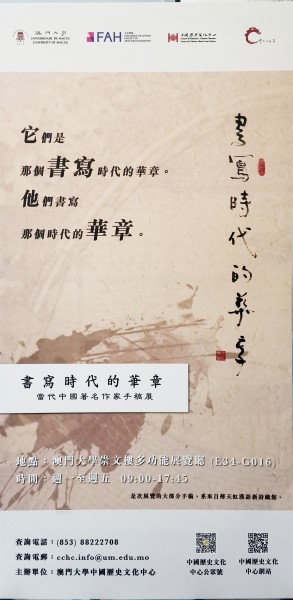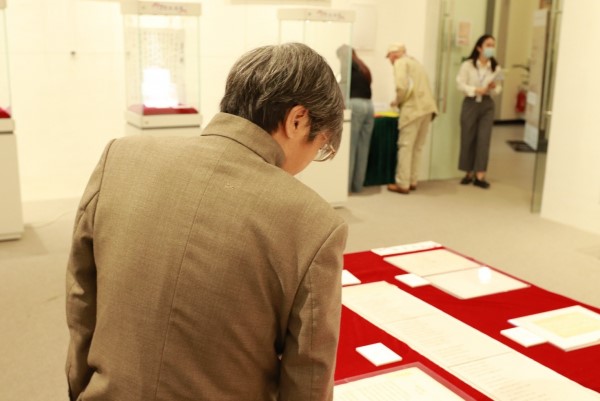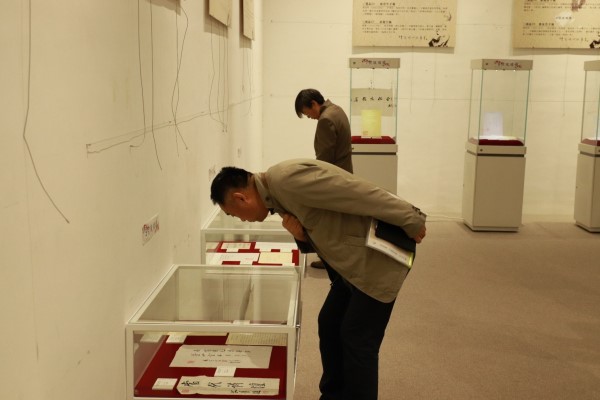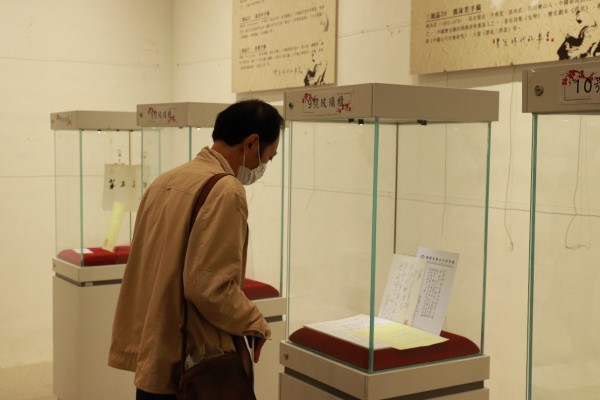Exhibition with Theme of Writing Glorious Chapter of Times Comes to Successful End
Pay attention to the pen and ink when reading extensively, and observe the manuscript works with an inquiring attitude. In the long river of history, countless literati have looked up to the heavens and explored the mysteries of the universe, and countless works have lit up the eternal night like lighthouses. Whether reading or writing, the intellectual group has always maintained a fondness for paper and a passion for ink for thousands of years. In the contemporary era, when electronic technology is prevalent and paperless office is the mainstream, it is rare to continue to create a large amount of work in handwriting.
An exhibition of manuscripts by famous contemporary Chinese writers with the theme of the Writing Glorious Chapter of the Times is held by CCHC for one month from 7 November, 2022. It presents manuscripts of outstanding contemporary Chinese writers to fans all over the world, creating a place that they are able to appreciate the era color and the essence of ideas reflected in the manuscripts.
This exhibition is rich in content, with a total of 17 exhibition cases and more than 50 exhibits. Among them, there are the manuscripts of Wu Mi and Feng Zhi who made important contributions to the New Culture Movement, manuscripts of masters of Chinese culture such as Qi Gong and Liang Piyun, manuscripts of famous poets such as Guo Moruo, Zang Kejia and Ai Qing, manuscripts of Yu Guangzhong who made great efforts in cross-Straits relations, manuscripts of Hu Feng, Liu Renfu and etc.
This exhibition is one of activities of the first Festival of Chinese Culture of UM. Most of the exhibits come from the Fu Tianhong Chinese New Poetry Collection. During the exhibition, countless staffs and students of UM and guests from outside the University came to visit, leaving a thick handwritten signature book. Under the spotlight, the manuscripts are yellowed, the ink is as new, and each stroke expressed the poets’ and writers’ carefulness for the text and faith in people, and audiences were brought back to the writing era of the last century by the manuscript works.







